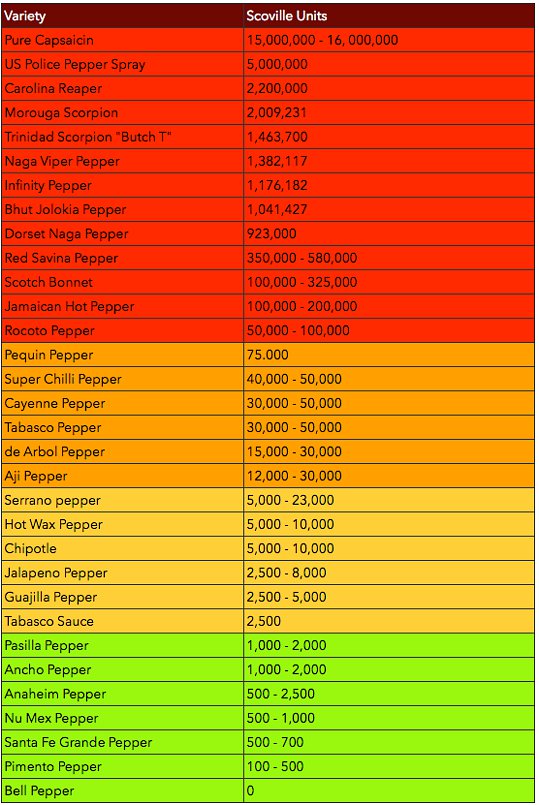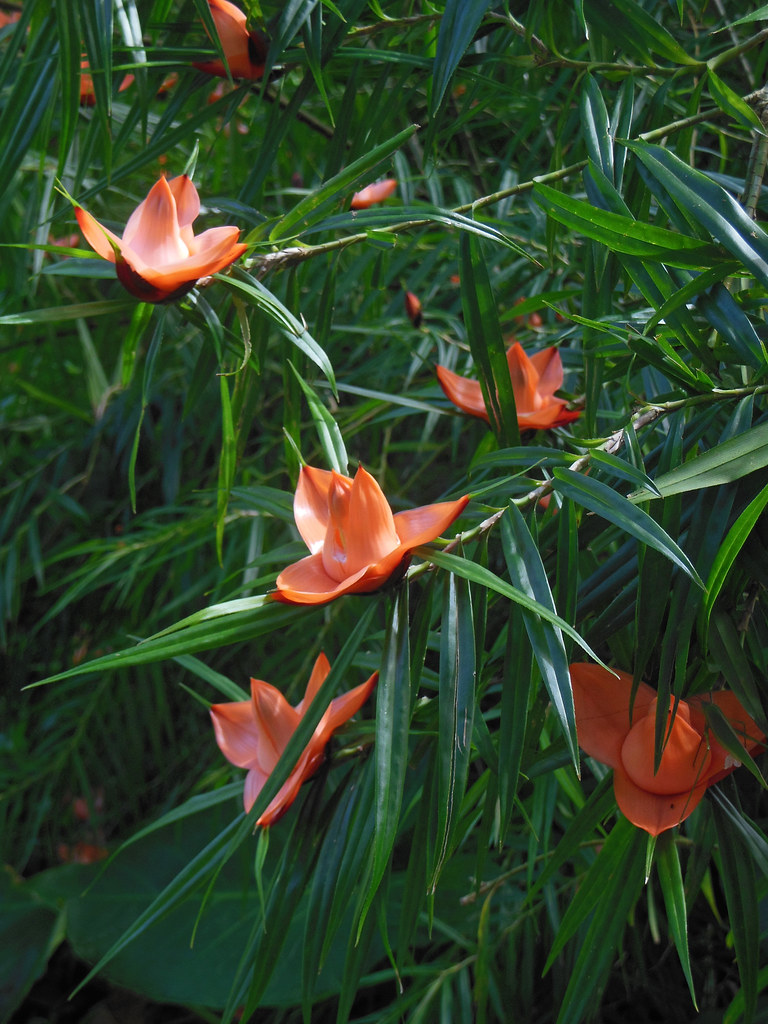 The Carolina Reaper, originally named the HP22B,is a cultivar of chili pepper of the Capsicum chinense species. It is red and has a gnarled, lumpy pod with a tail like a scythe.[2] As of 2013, Guinness has dubbed it as the hottest chilli in the world, surpassing the previous record holder, the Trinidad Scorpion.
The Carolina Reaper, originally named the HP22B,is a cultivar of chili pepper of the Capsicum chinense species. It is red and has a gnarled, lumpy pod with a tail like a scythe.[2] As of 2013, Guinness has dubbed it as the hottest chilli in the world, surpassing the previous record holder, the Trinidad Scorpion.Bred in a Rock Hill, South Carolina greenhouse by "Smokin" Ed Currie, proprietor of the PuckerButt Pepper Company in Fort Mill, the Carolina Reaper has been certified as the world's hottest chili pepper by Guinness World Records since August 7, 2013. The original crossbreed was between a Ghost pepper (a former world record holder) and a red habanero called 'Red Savina' and is named 'Reaper' due to the shape of its tail.
 The official Guinness World Record heat level is 1,569,300 Scoville Heat Units (SHU), according to tests conducted by Winthrop University in South Carolina. The figure is an average for the tested batch; the hottest individual pep
The official Guinness World Record heat level is 1,569,300 Scoville Heat Units (SHU), according to tests conducted by Winthrop University in South Carolina. The figure is an average for the tested batch; the hottest individual pepper was measured at 2.2 million SHU.
Hot Pepper Seeds Source




